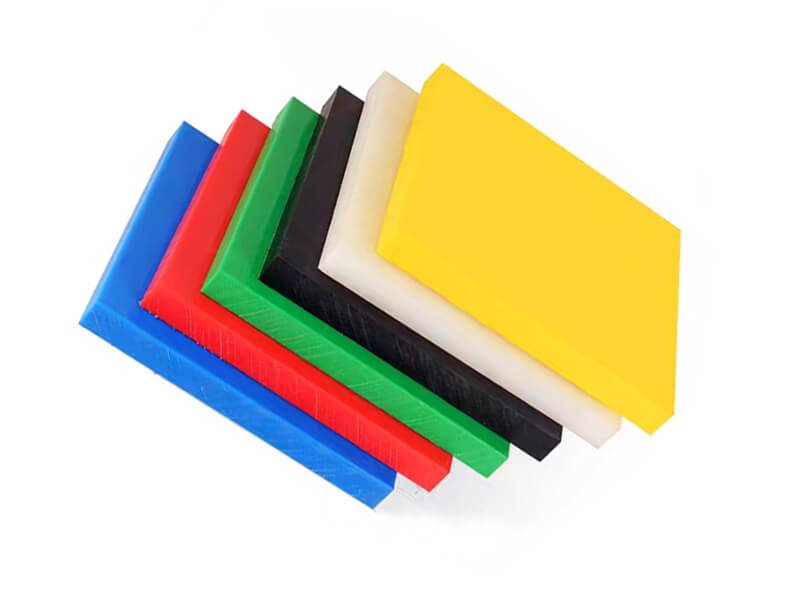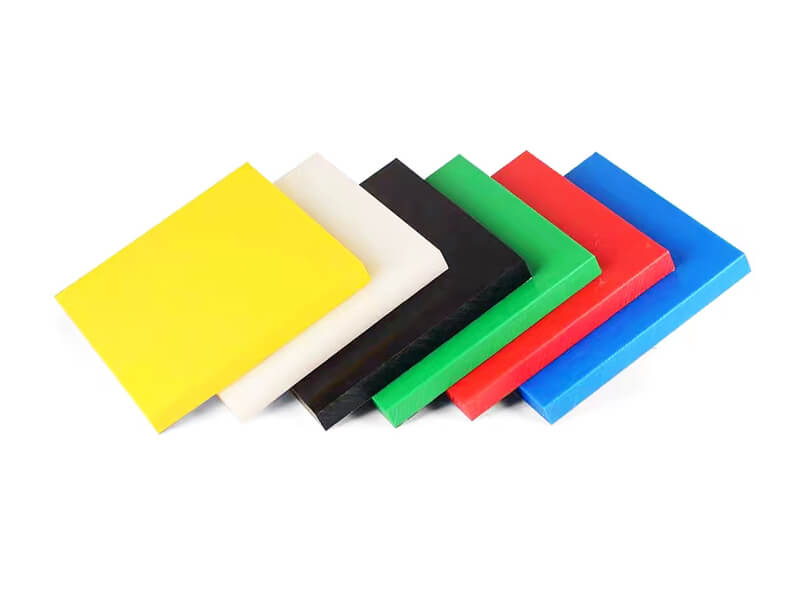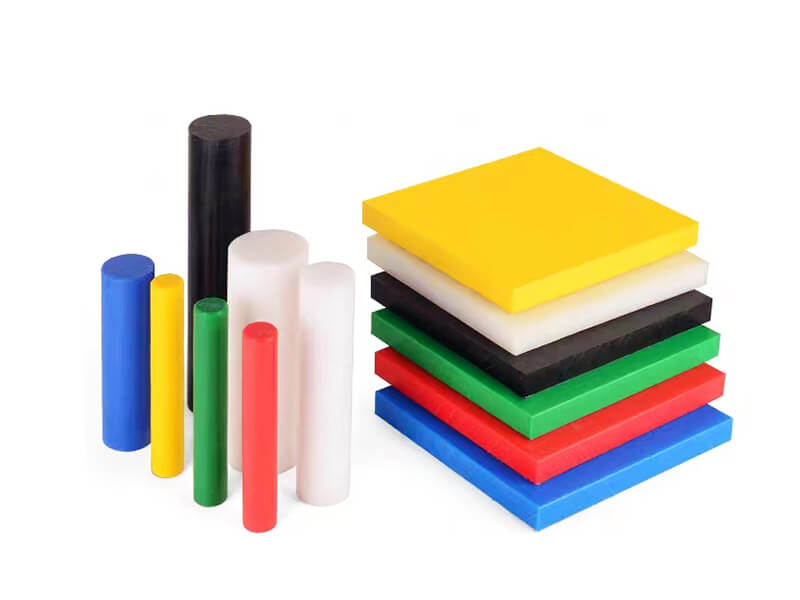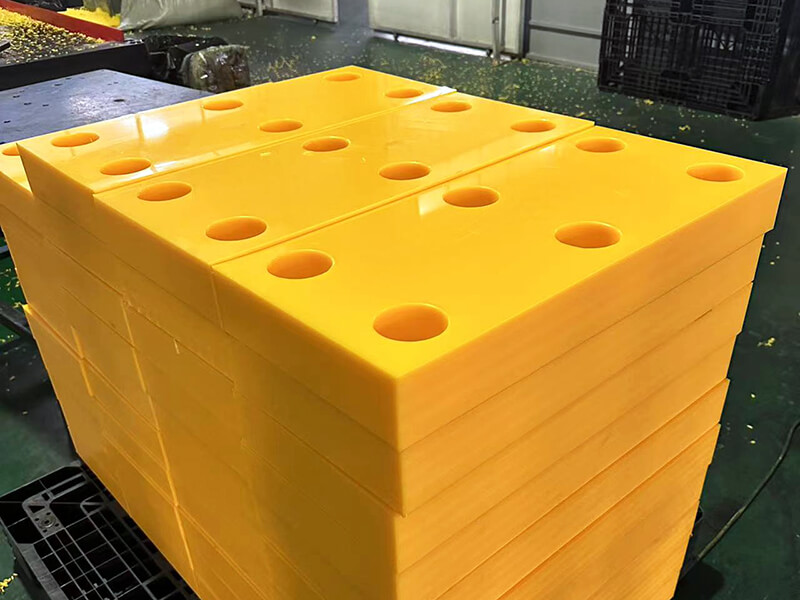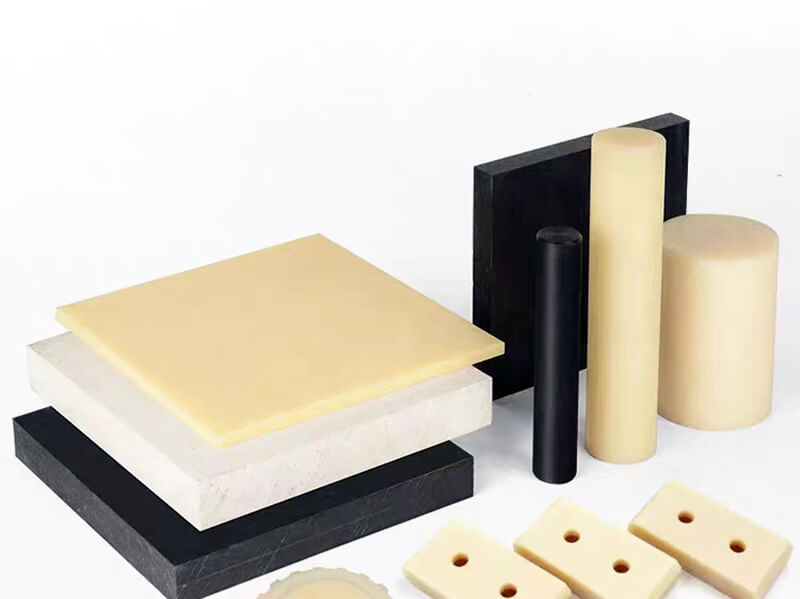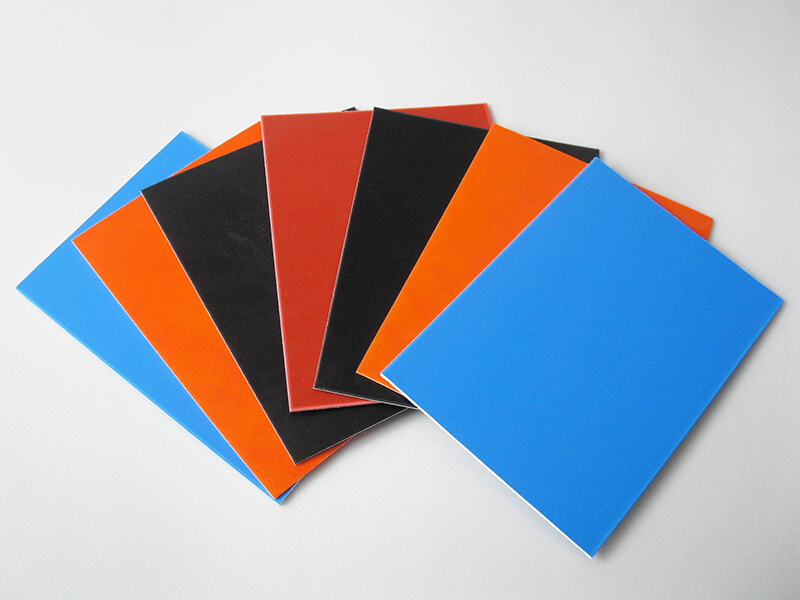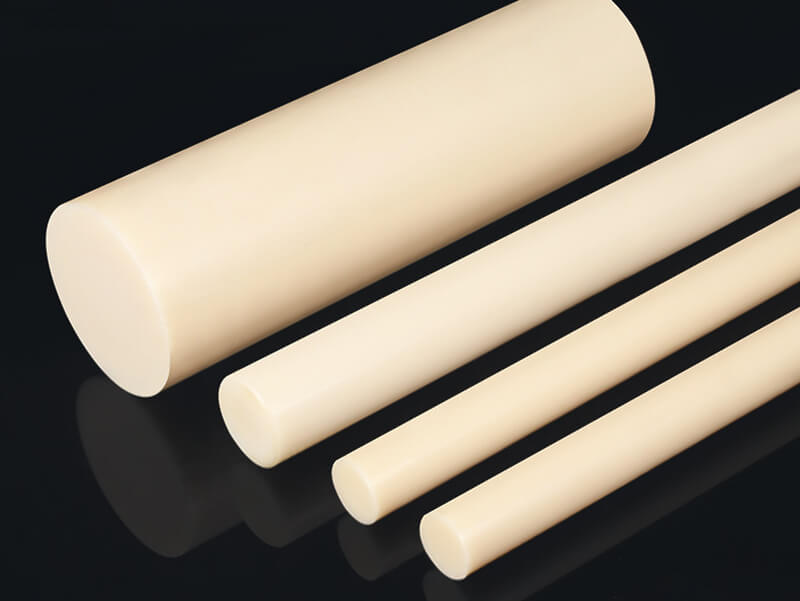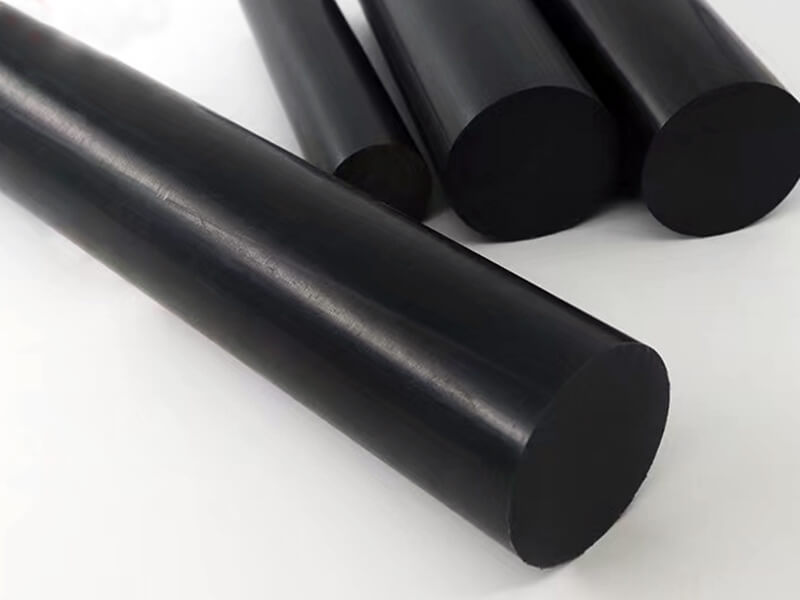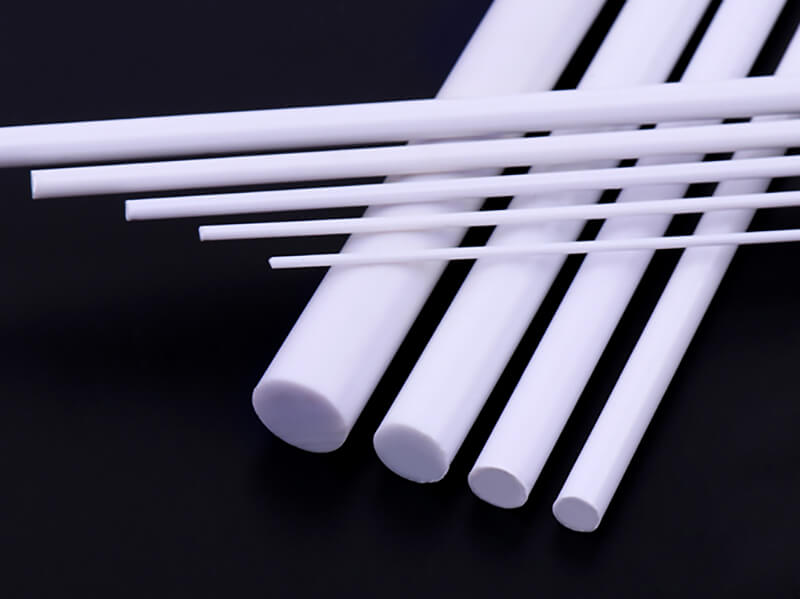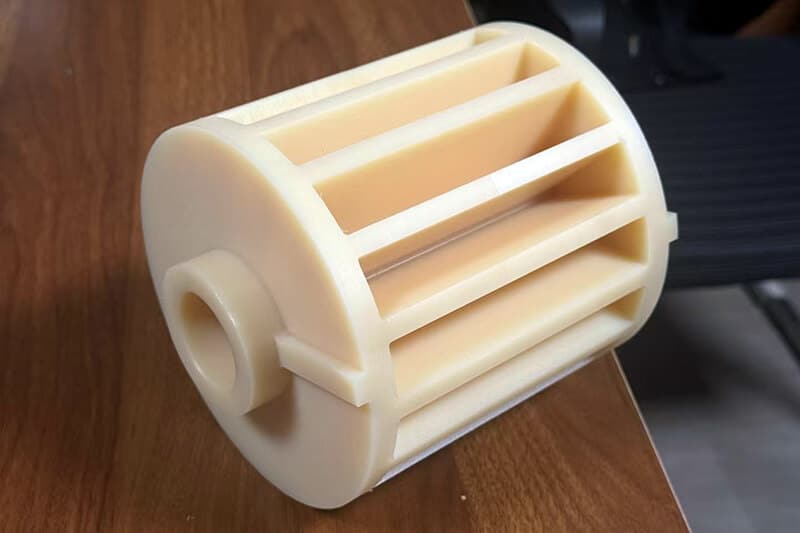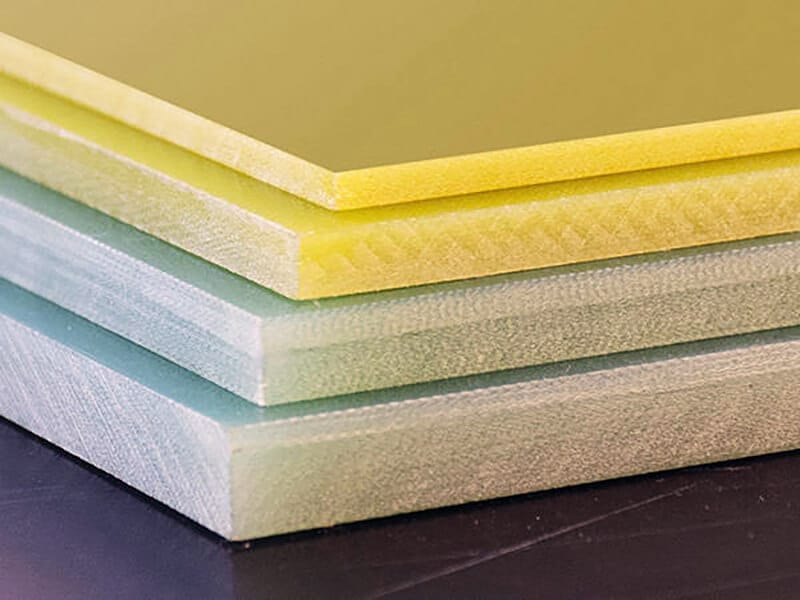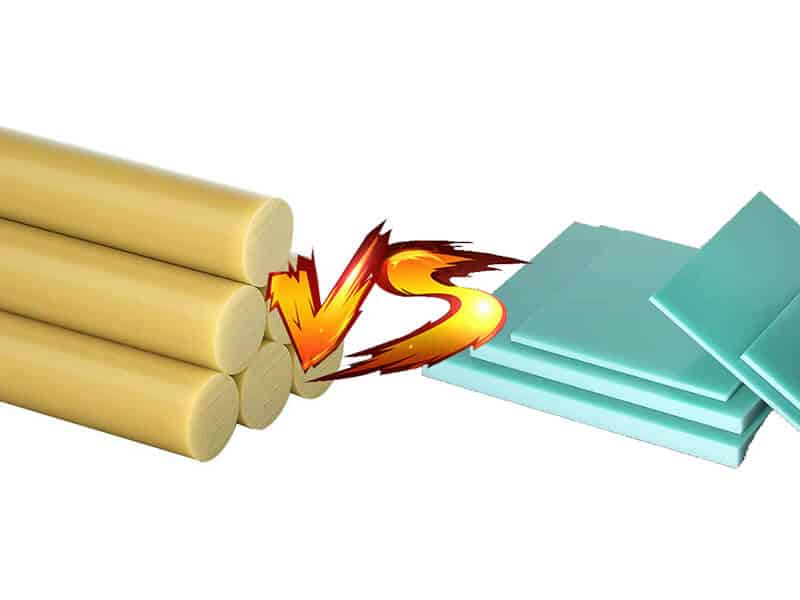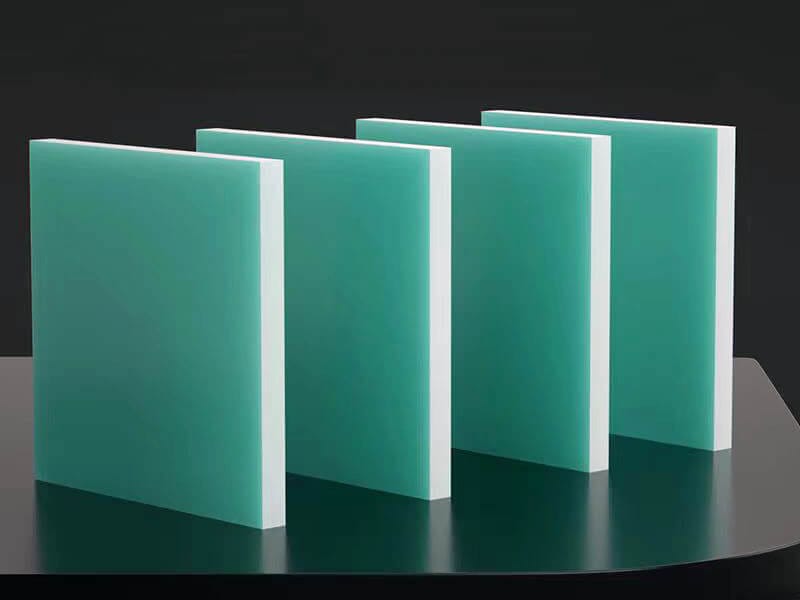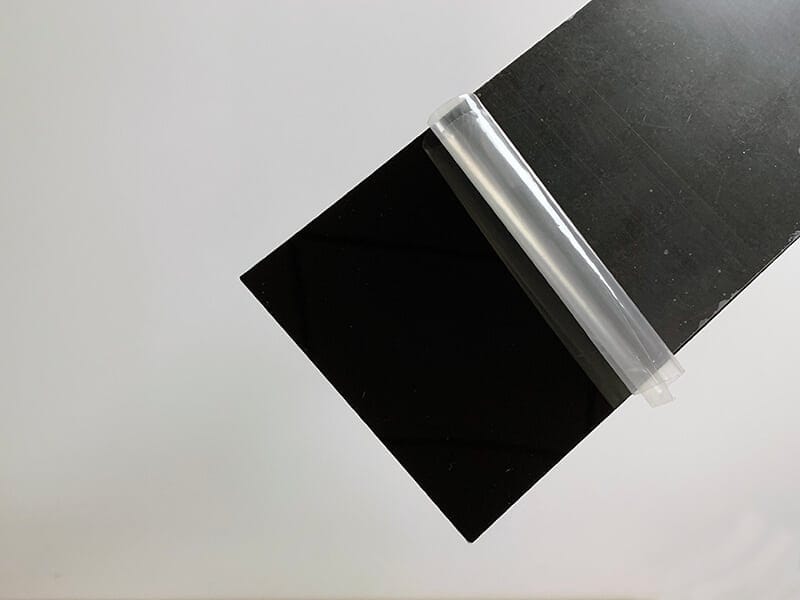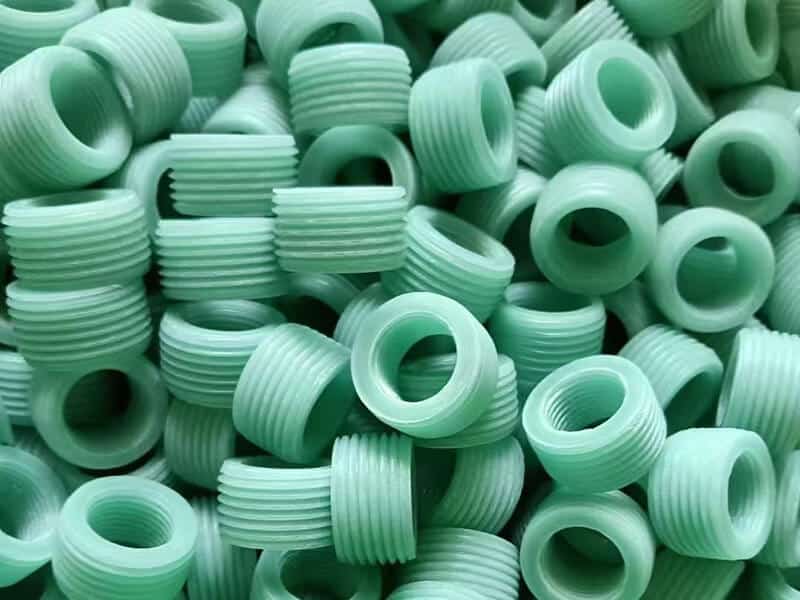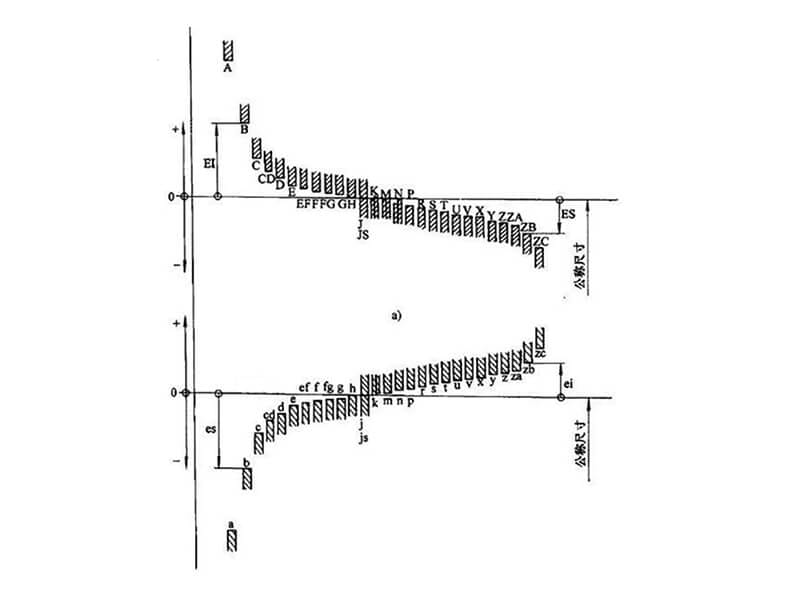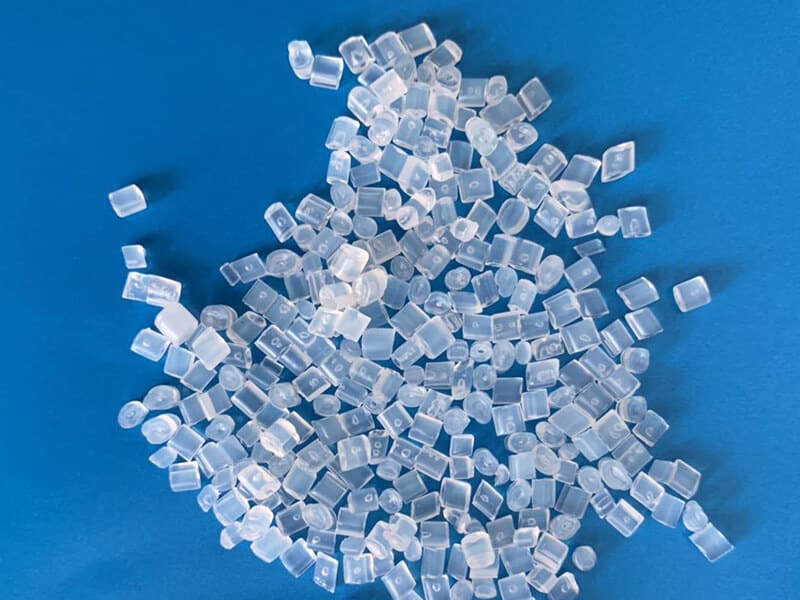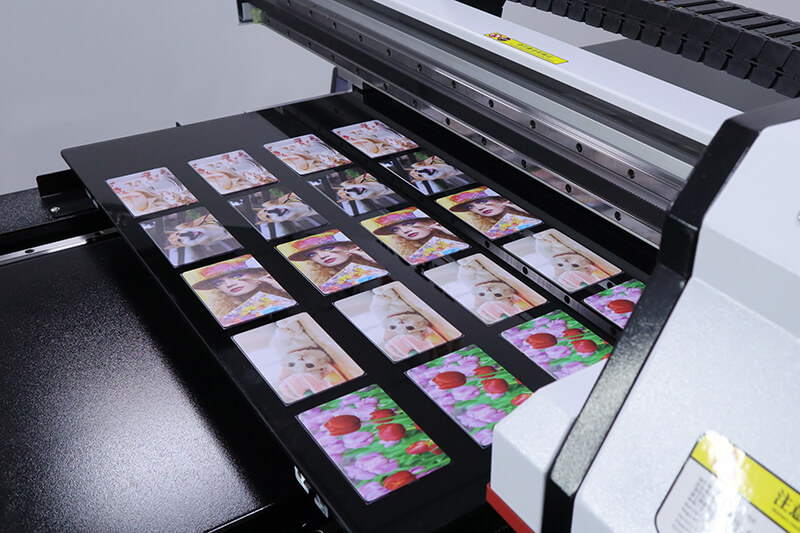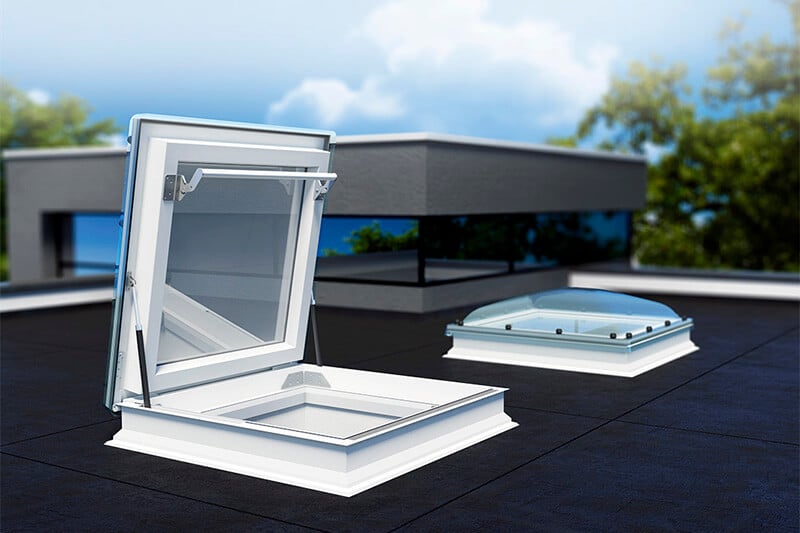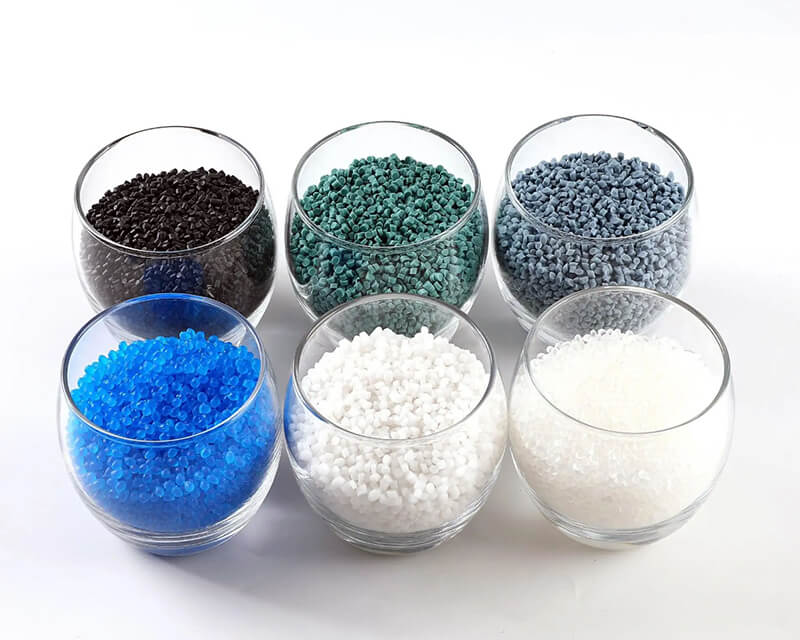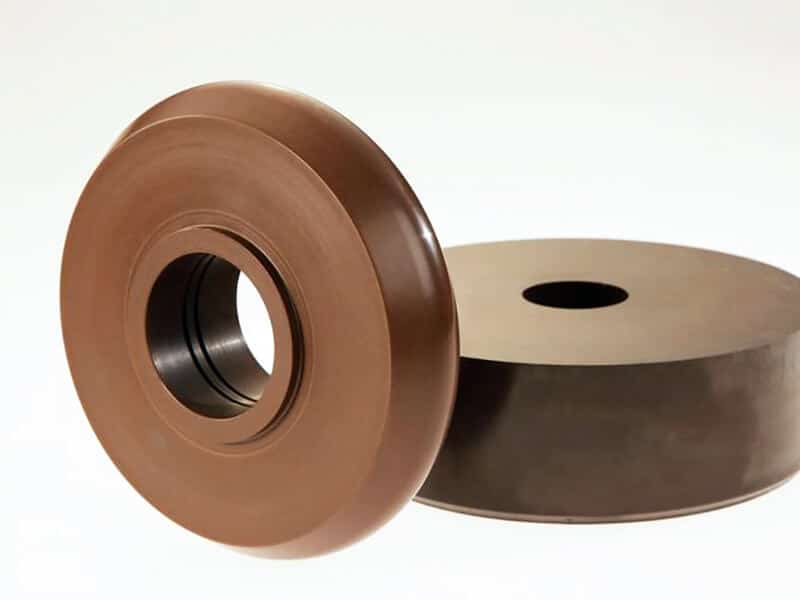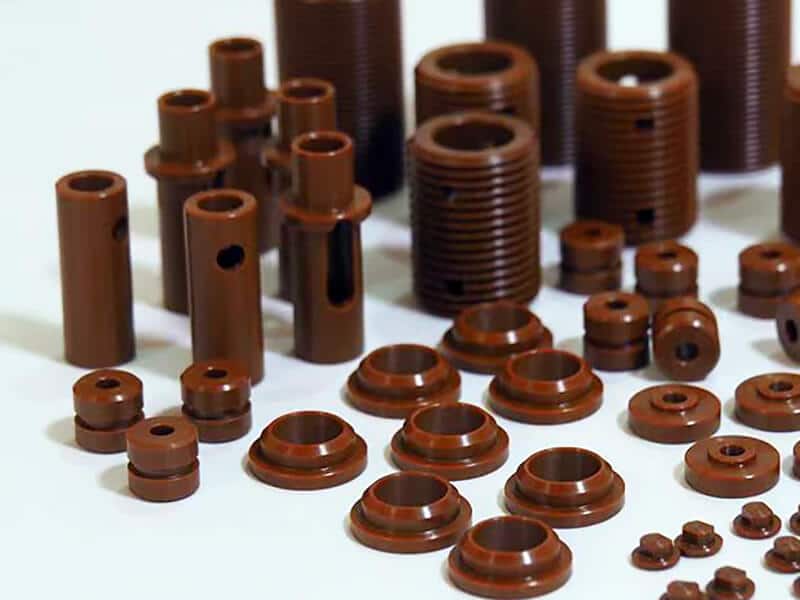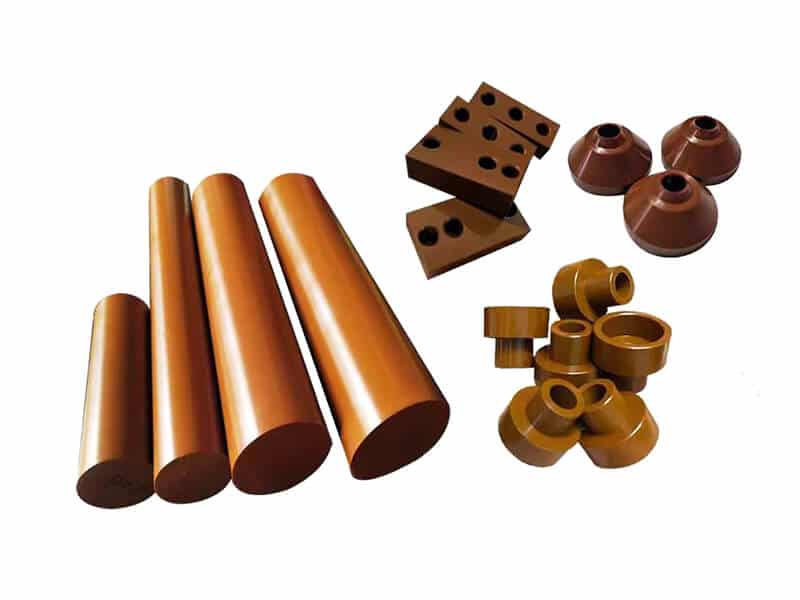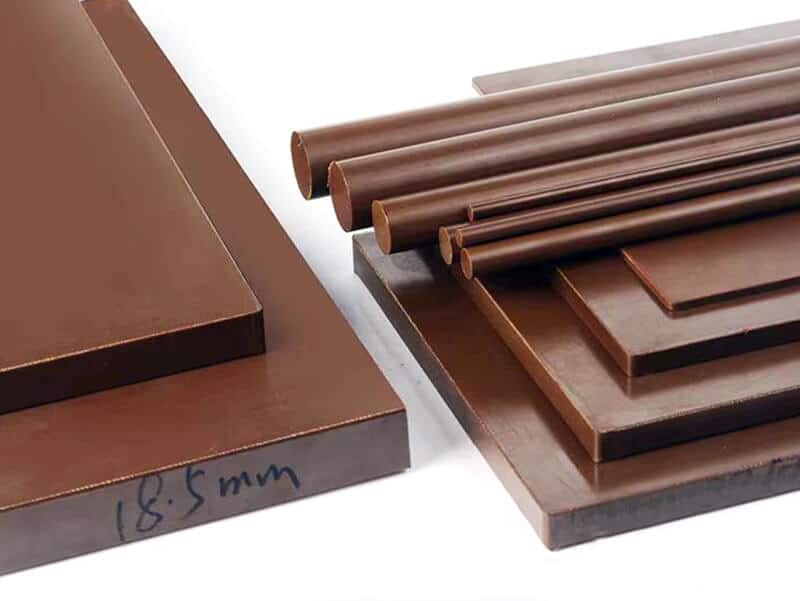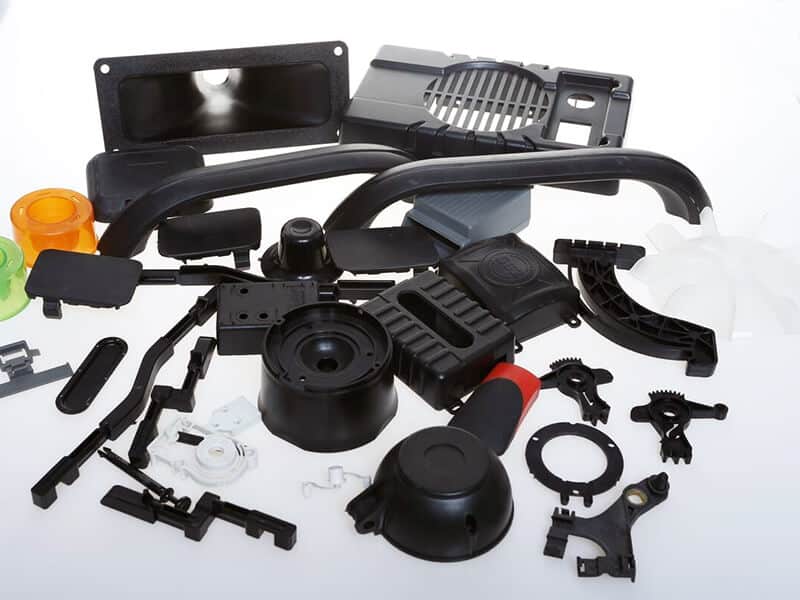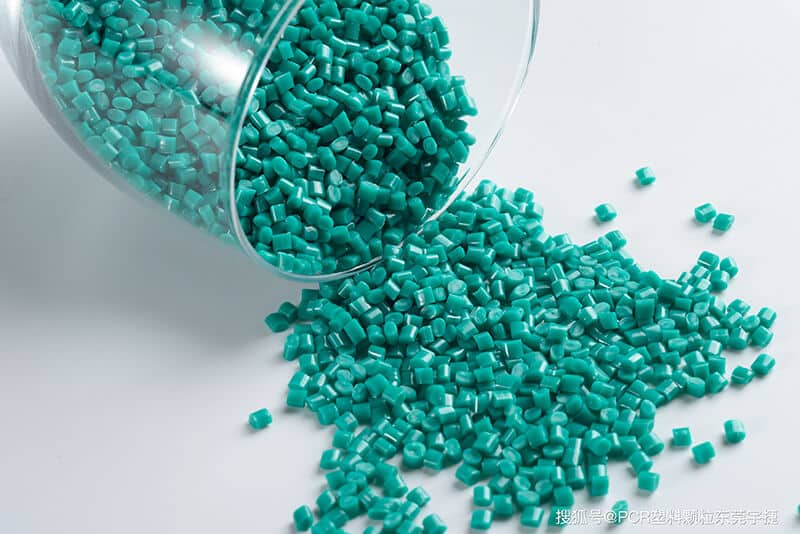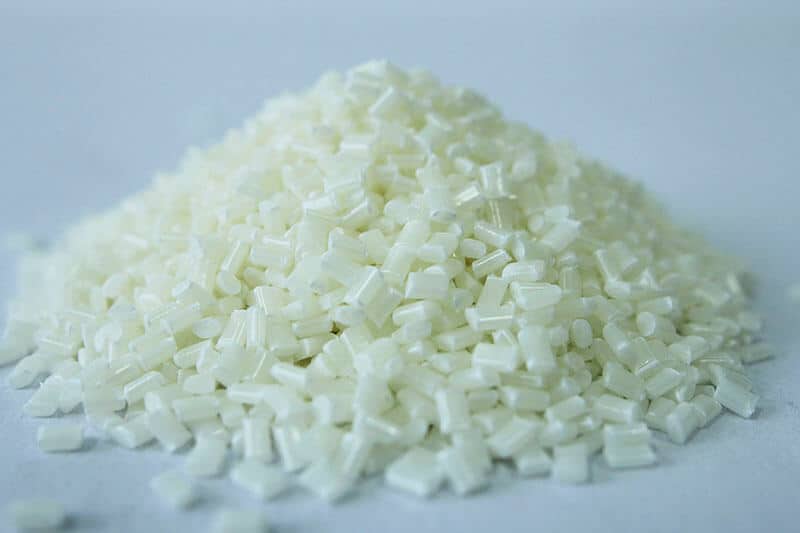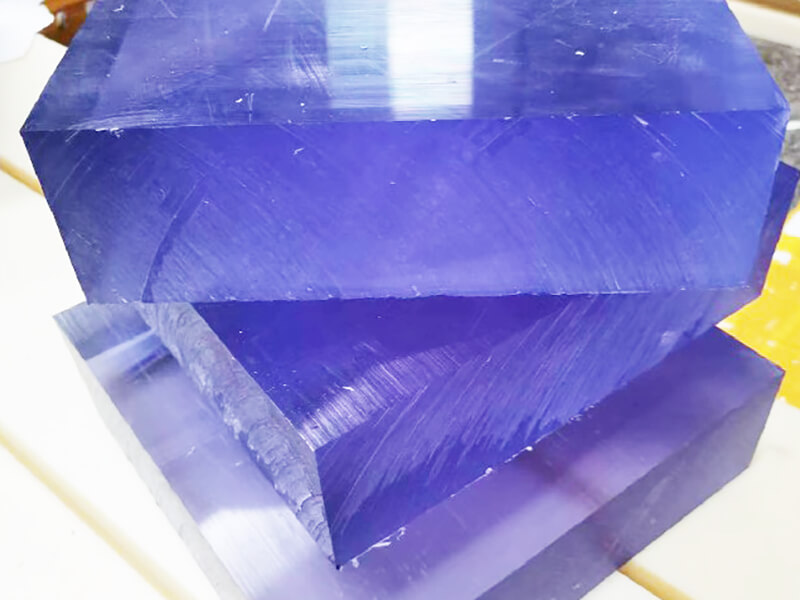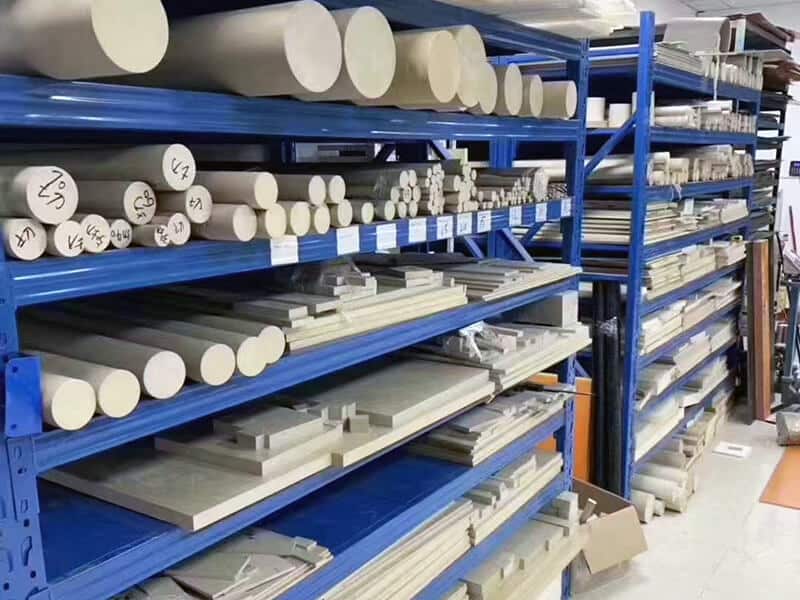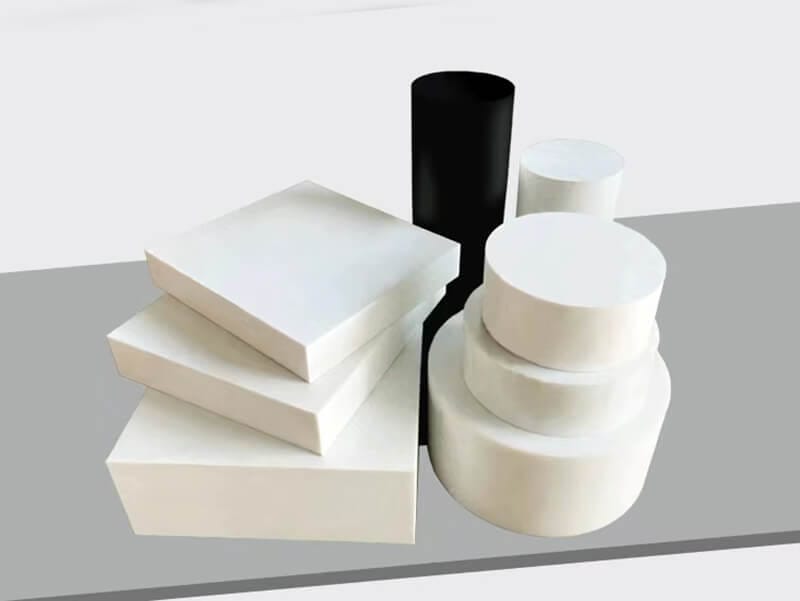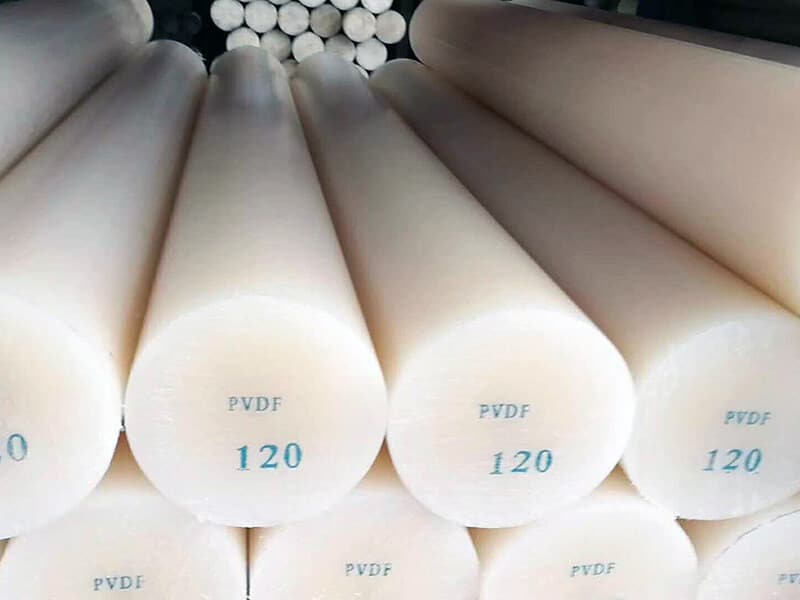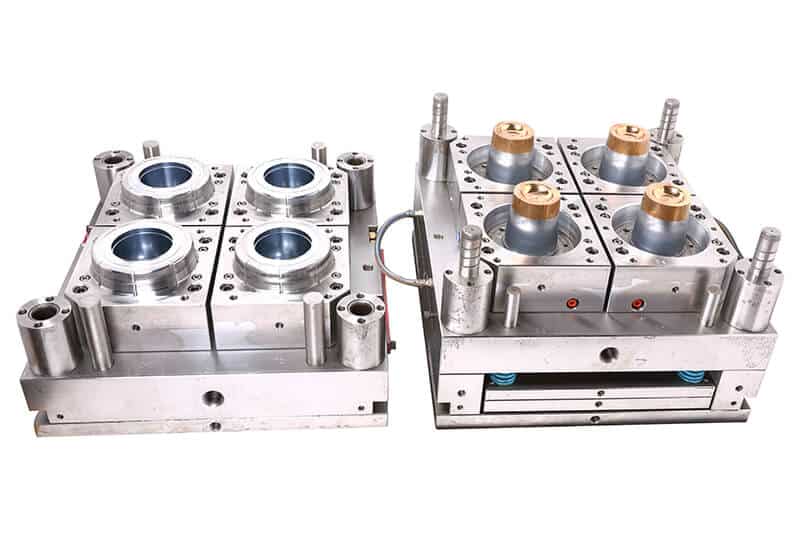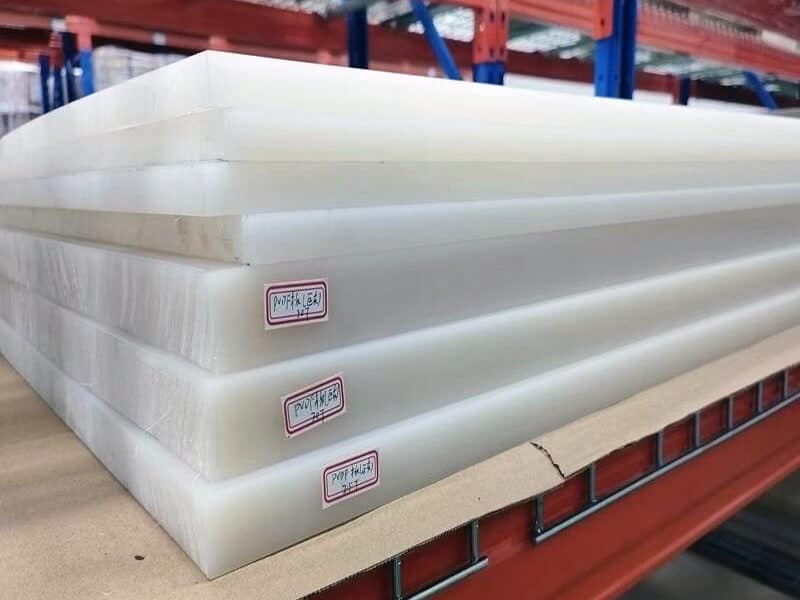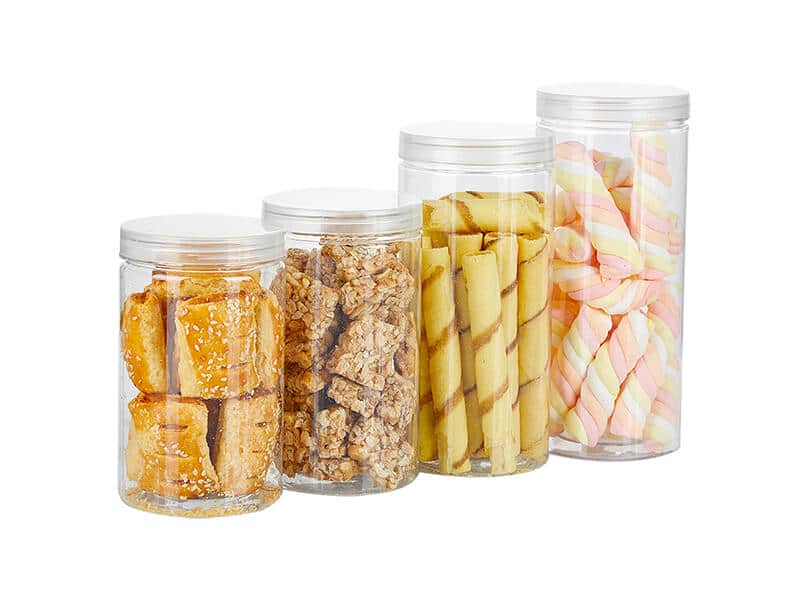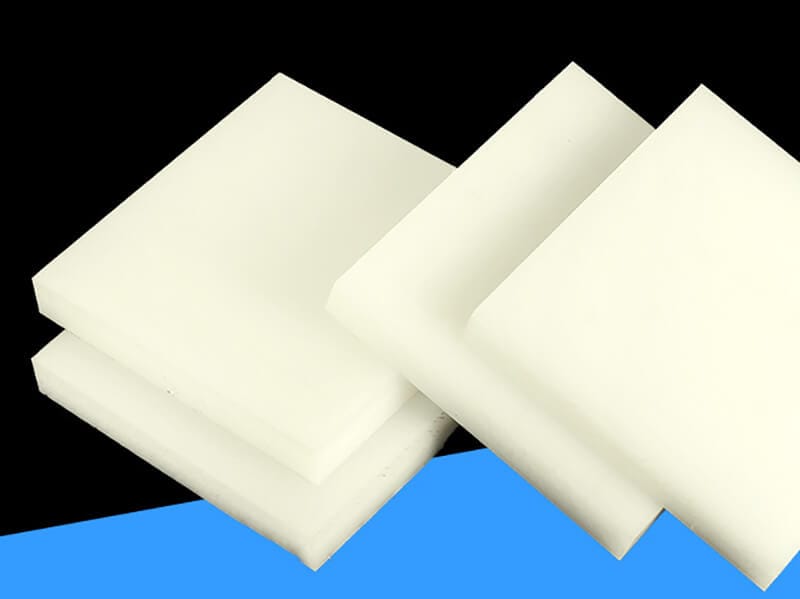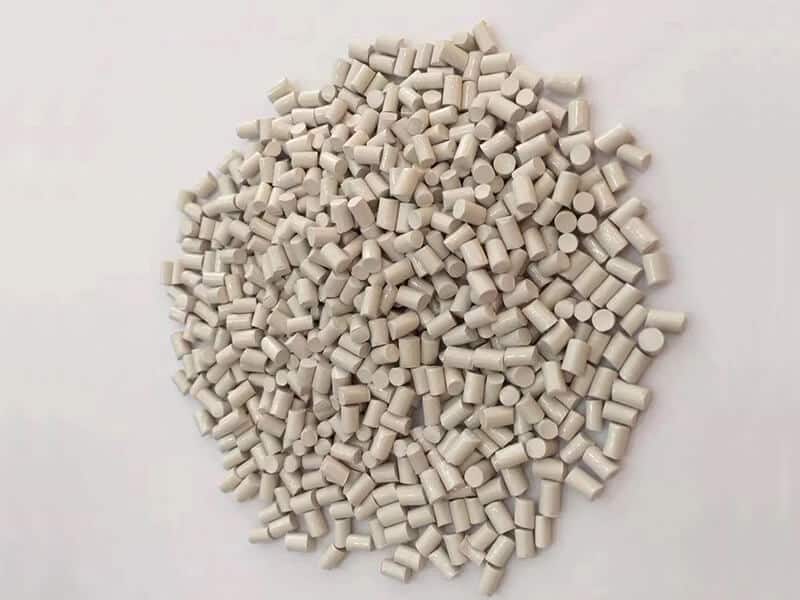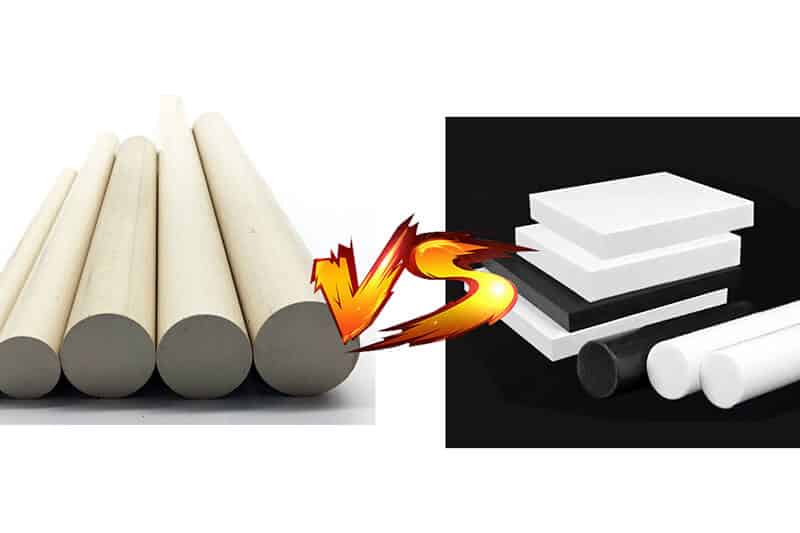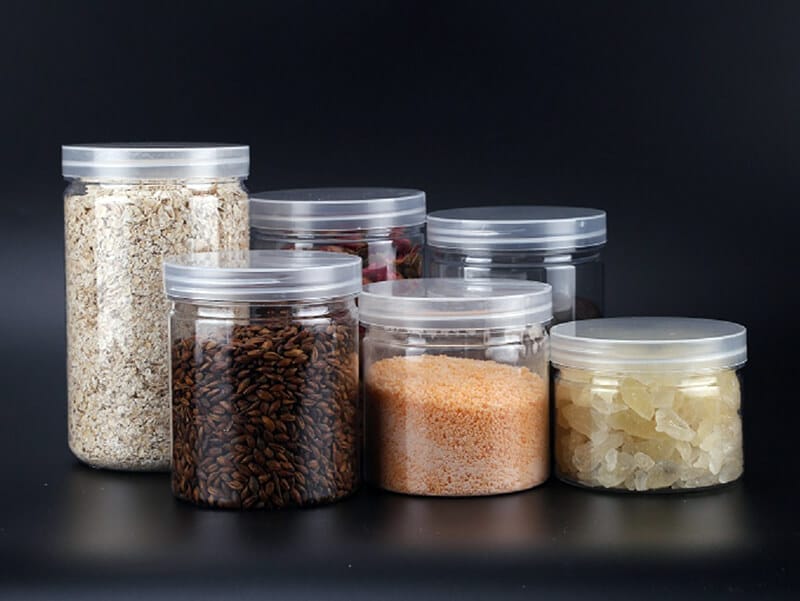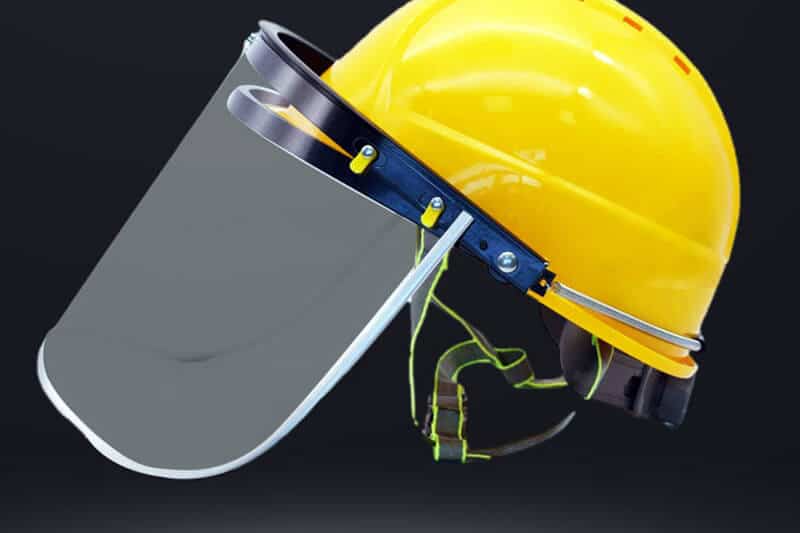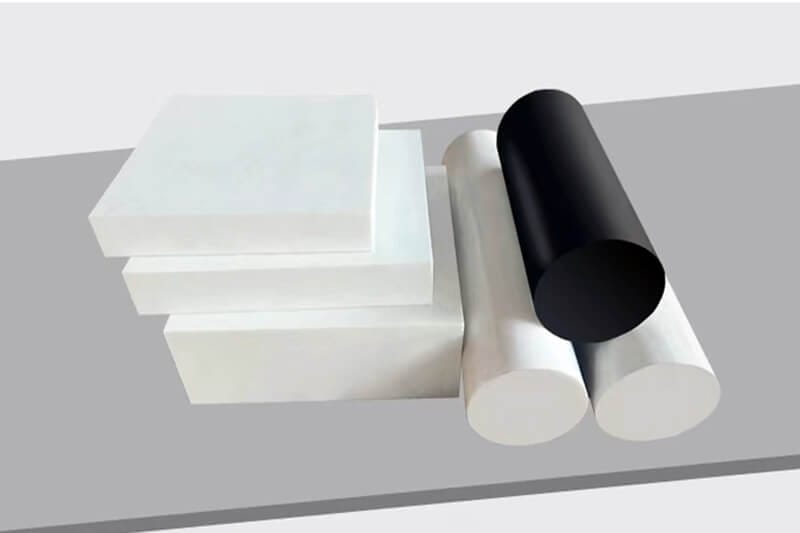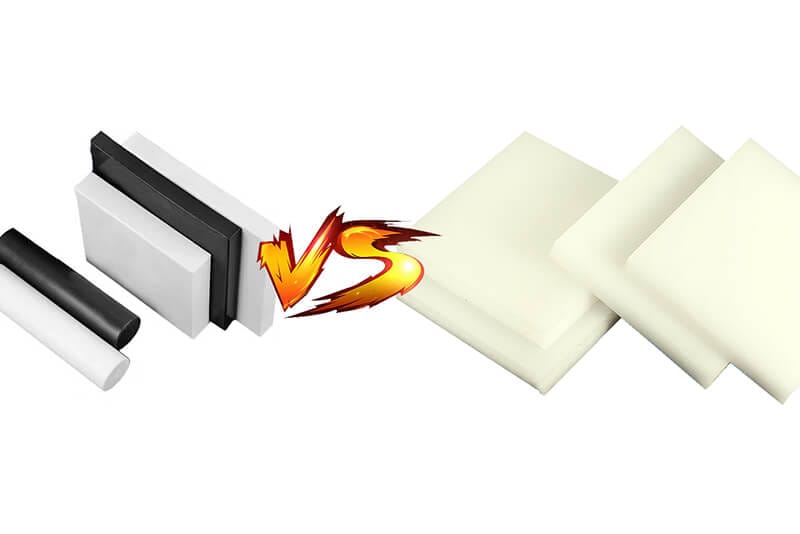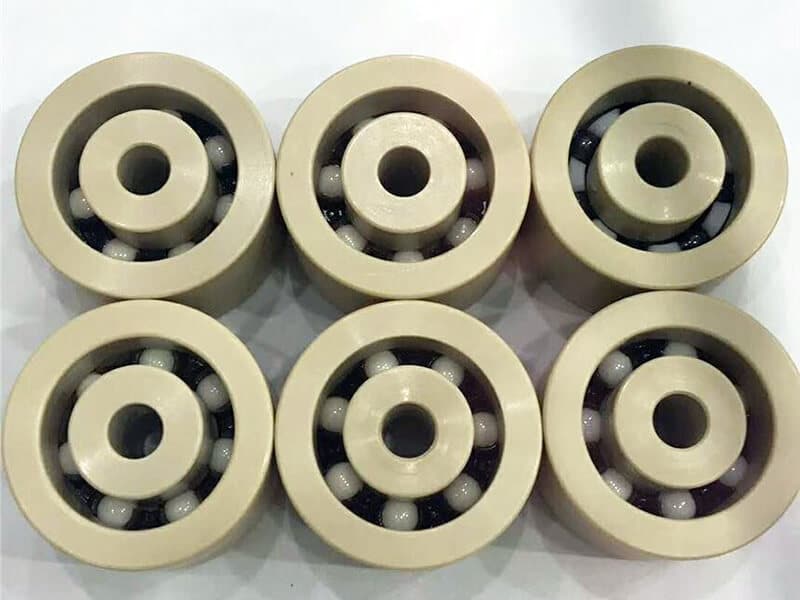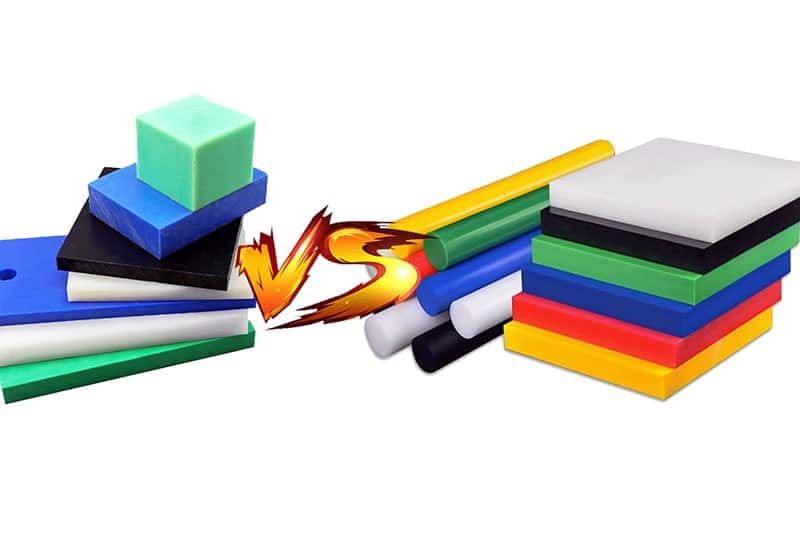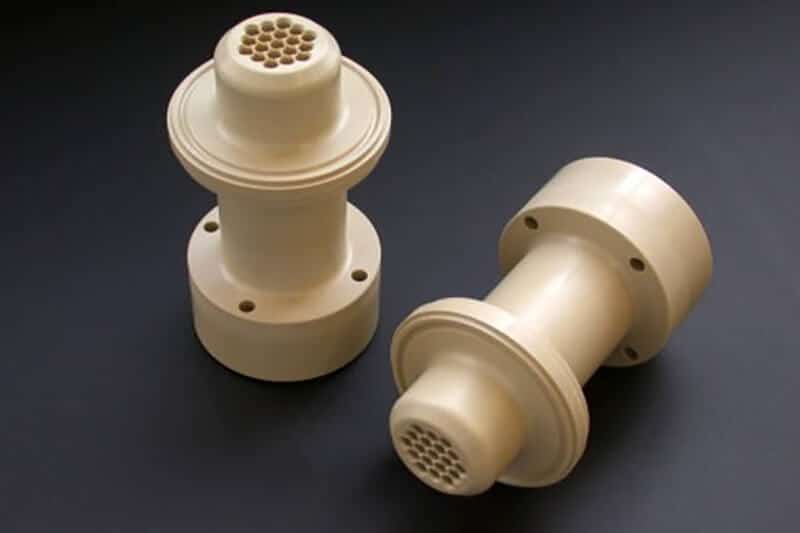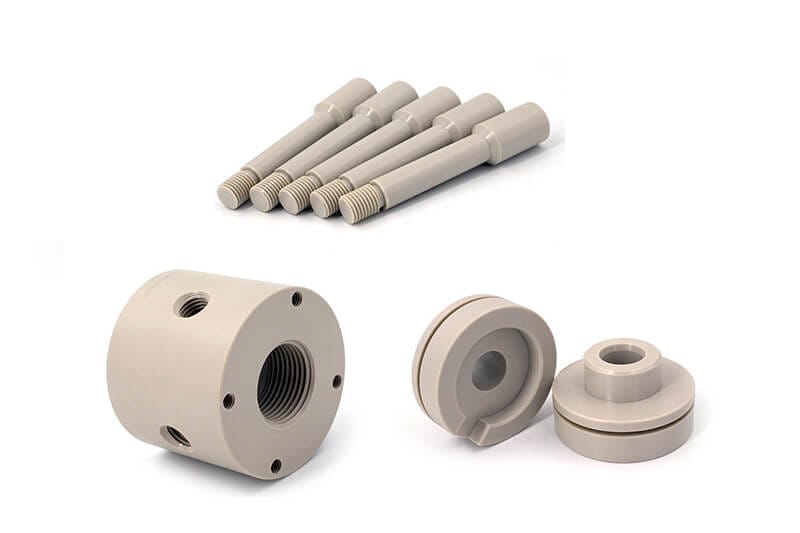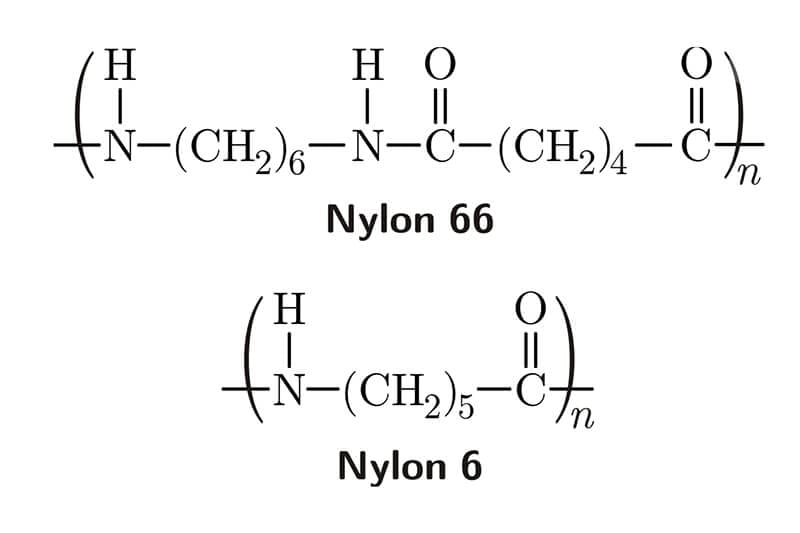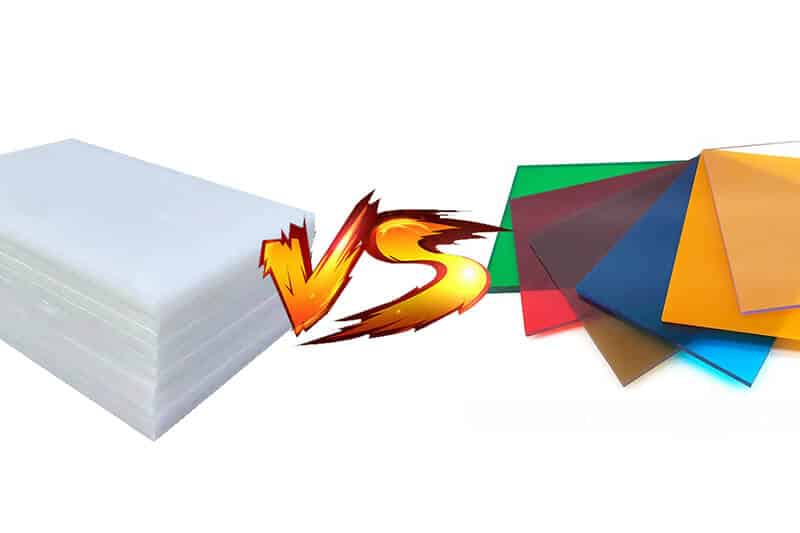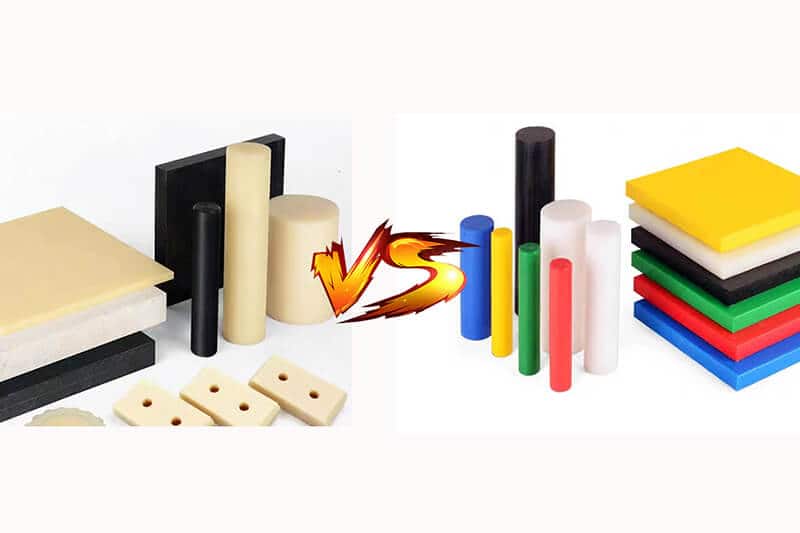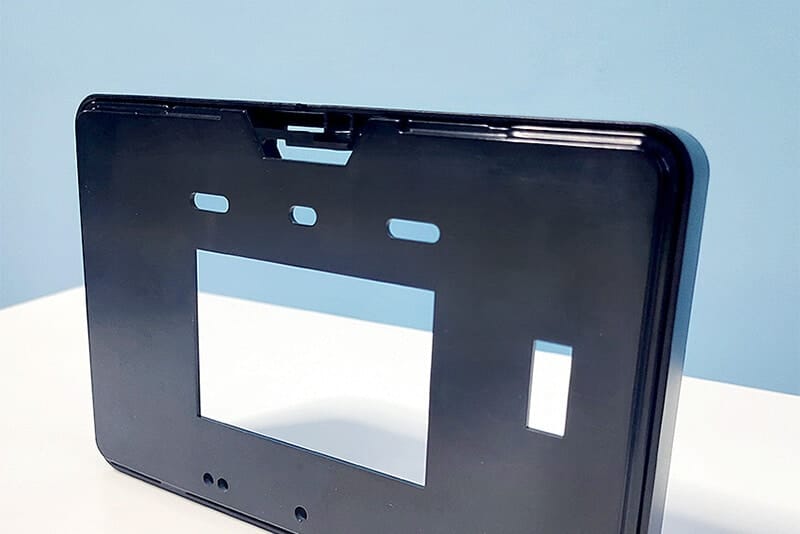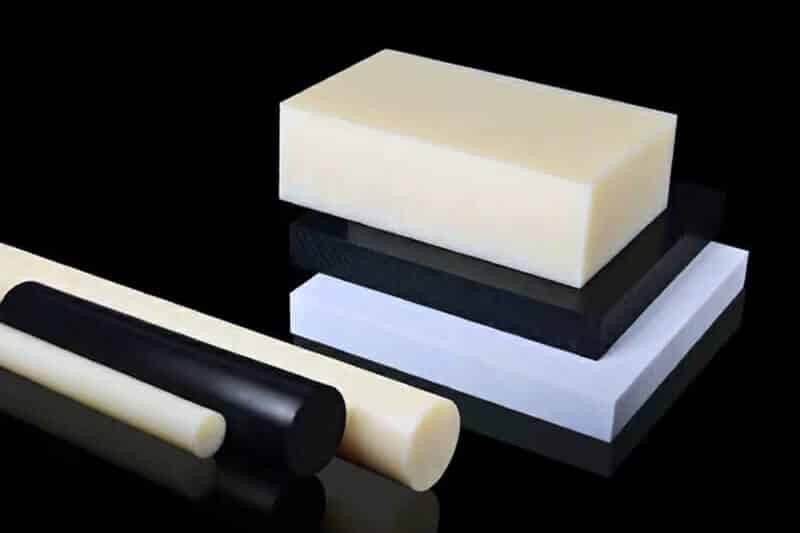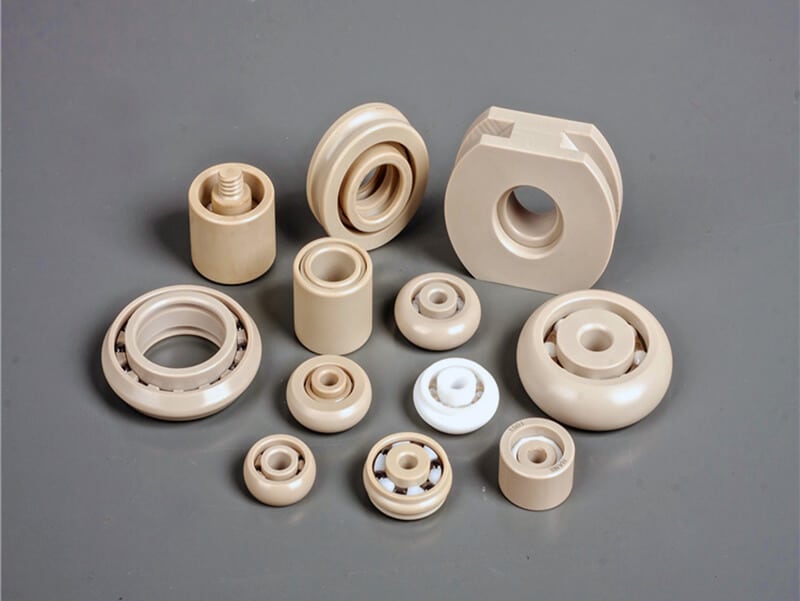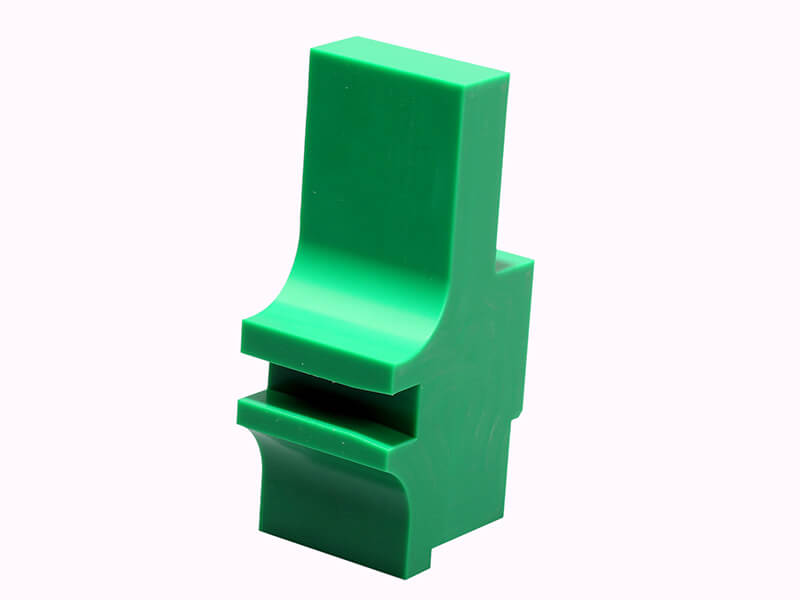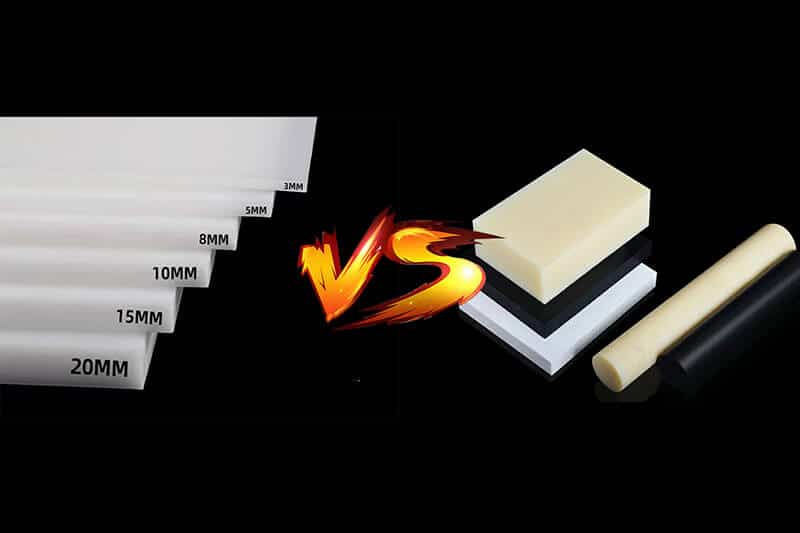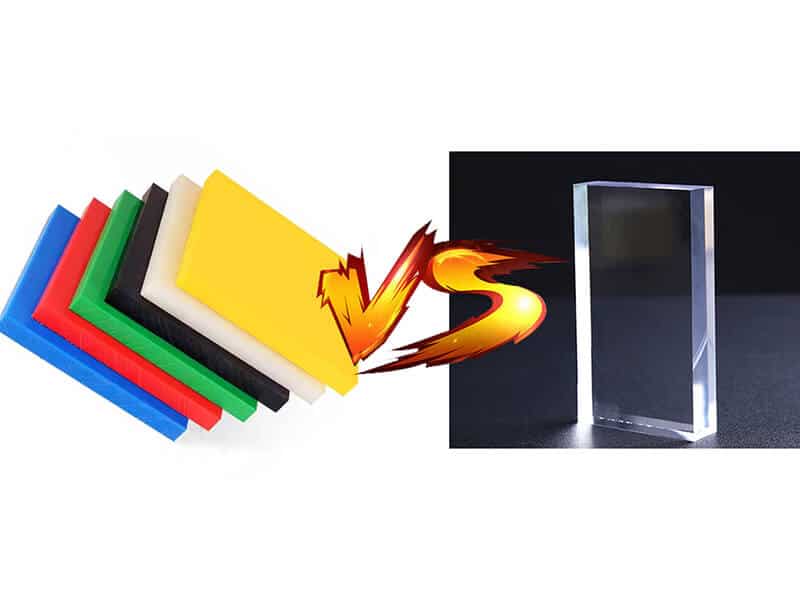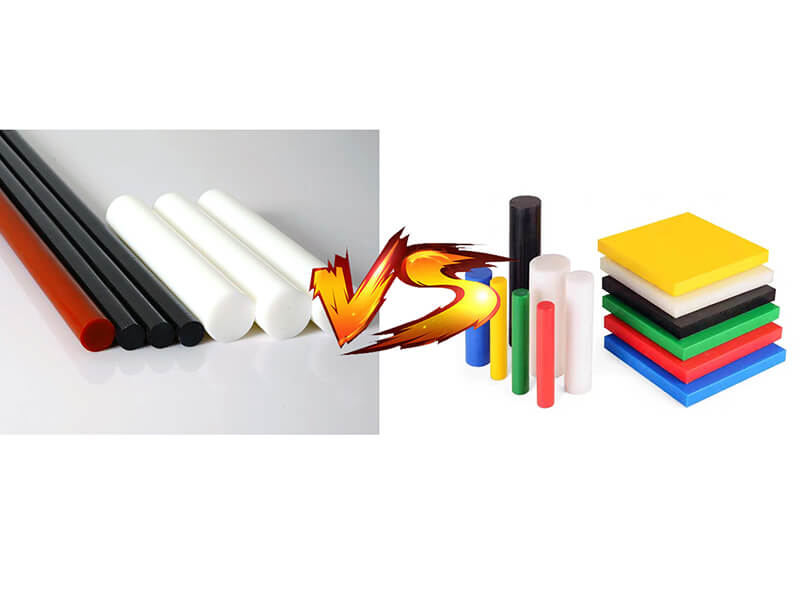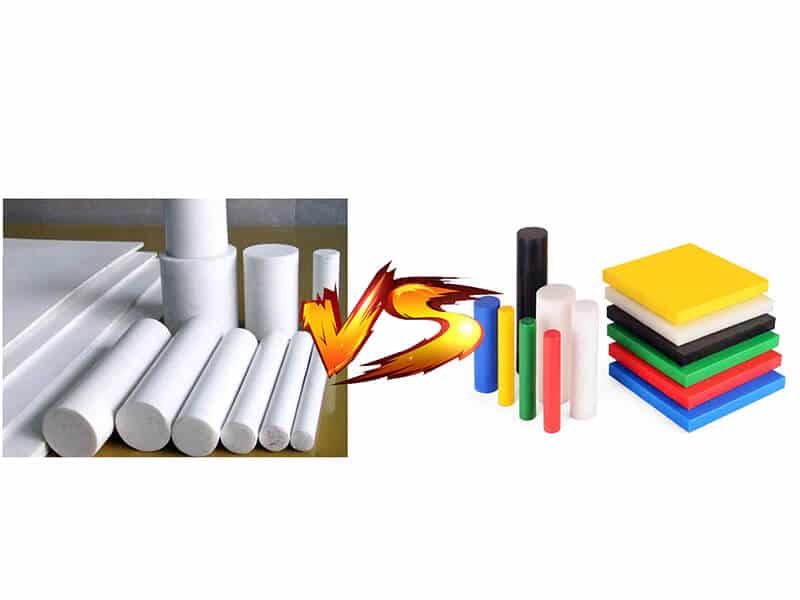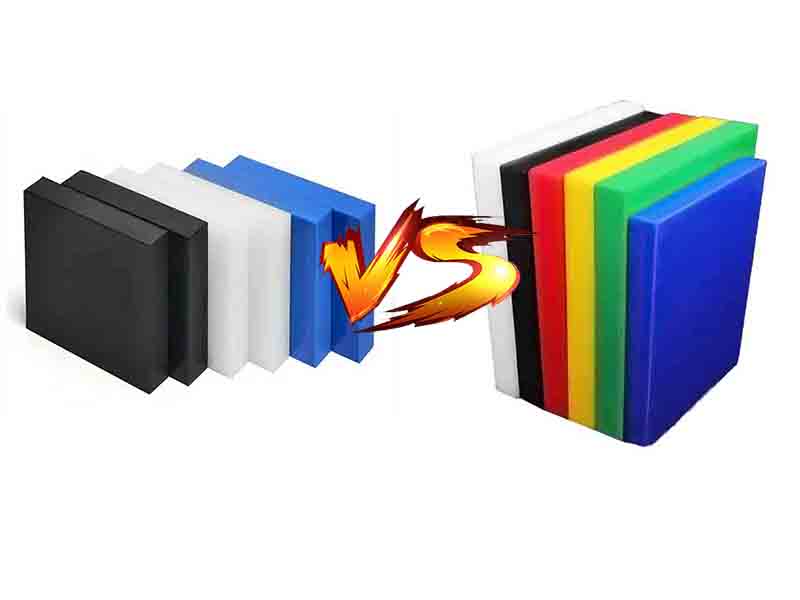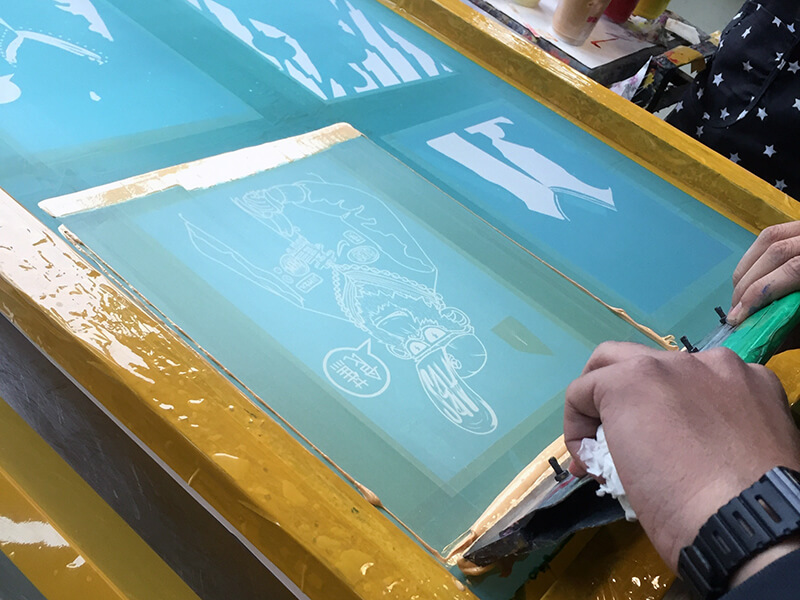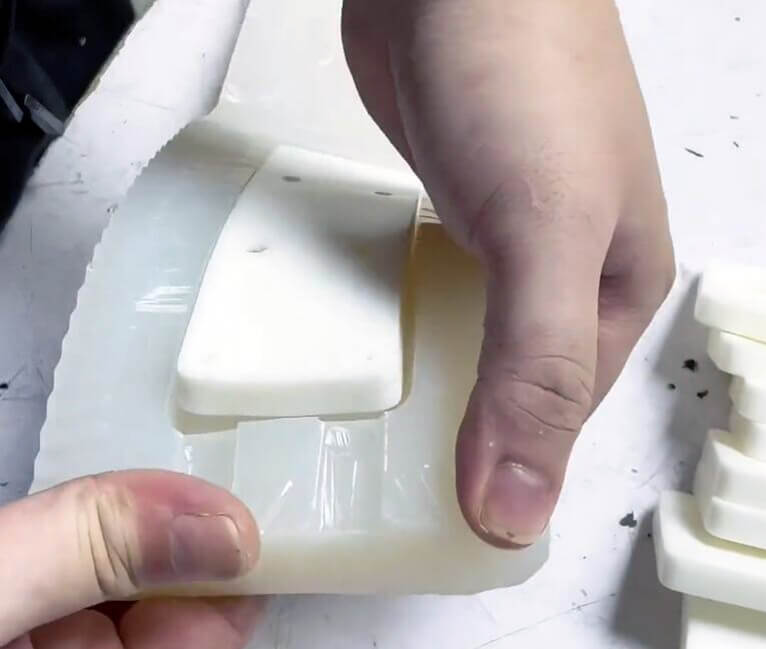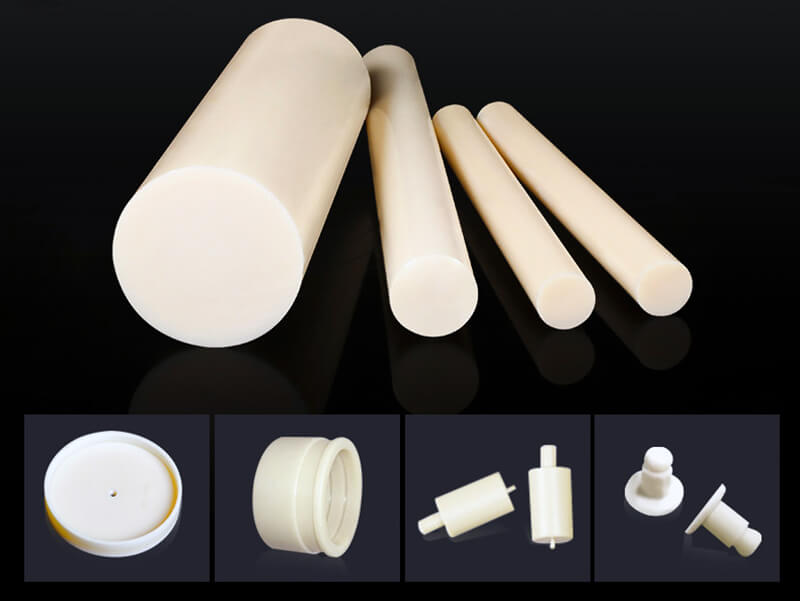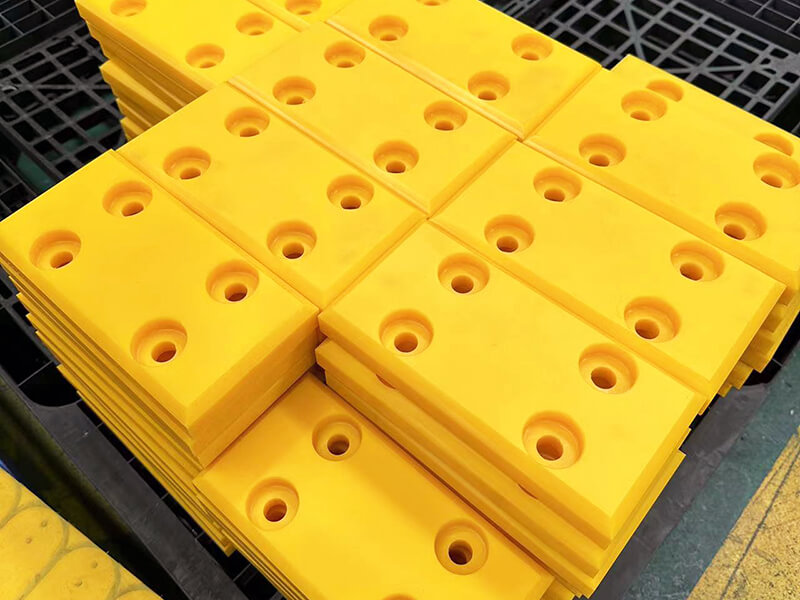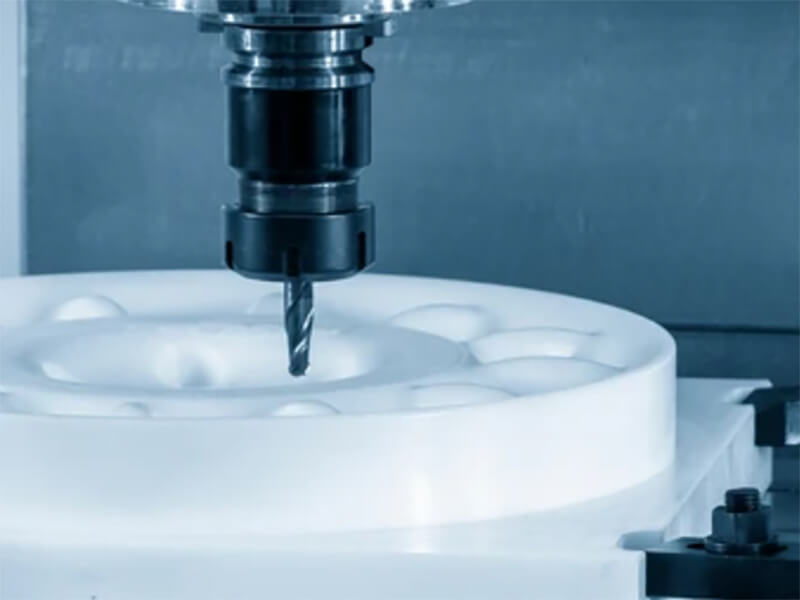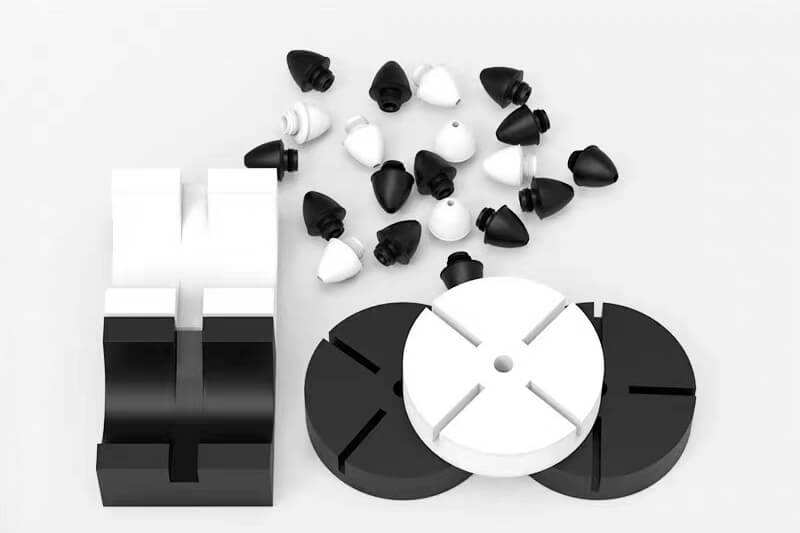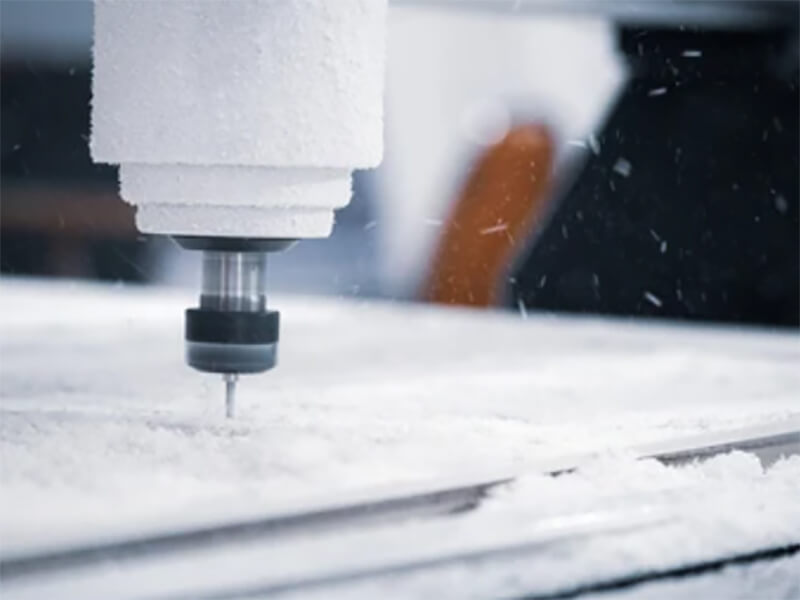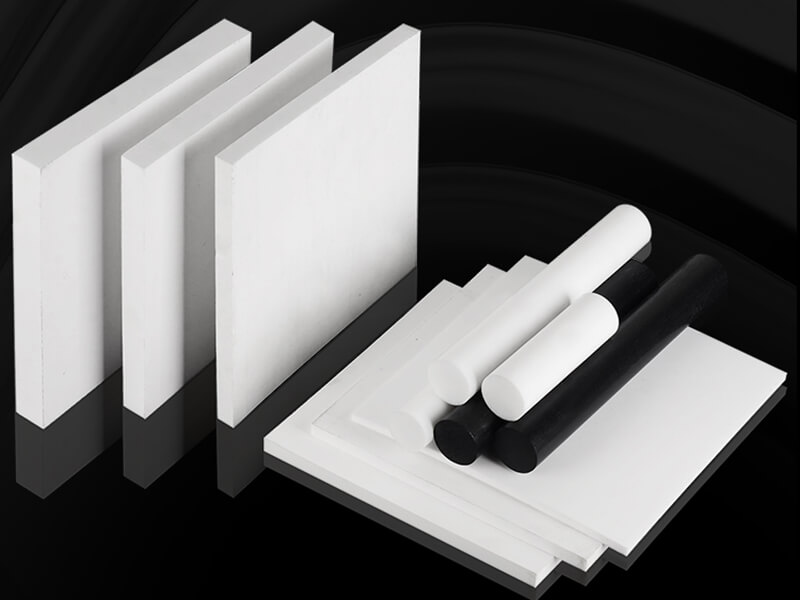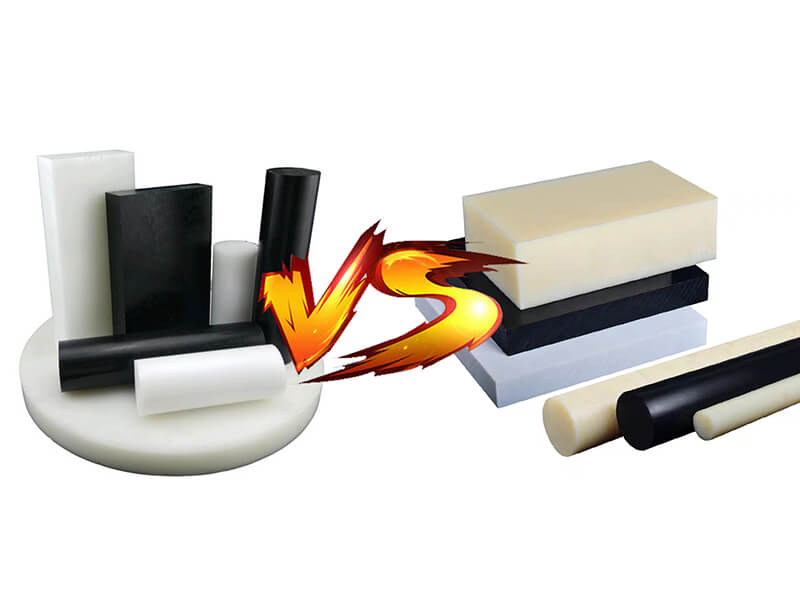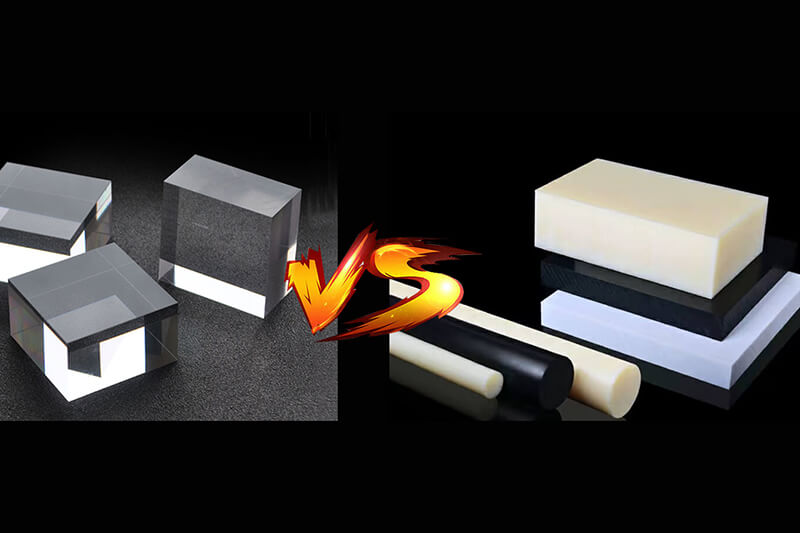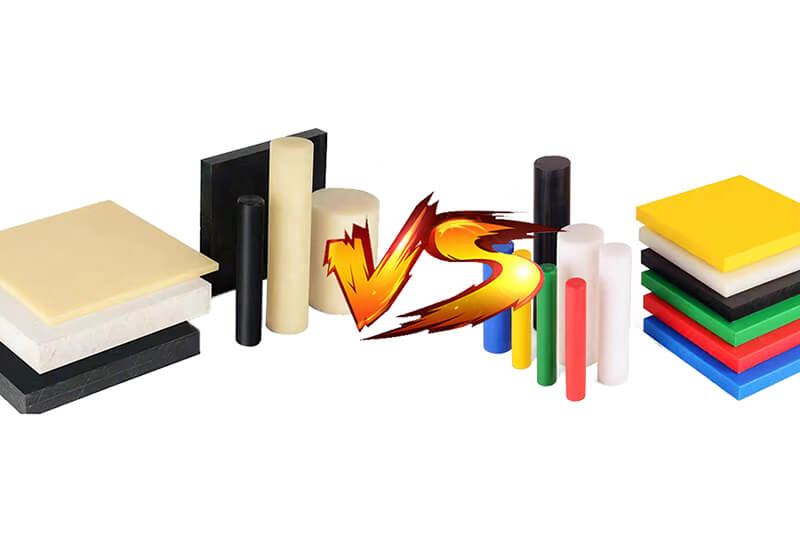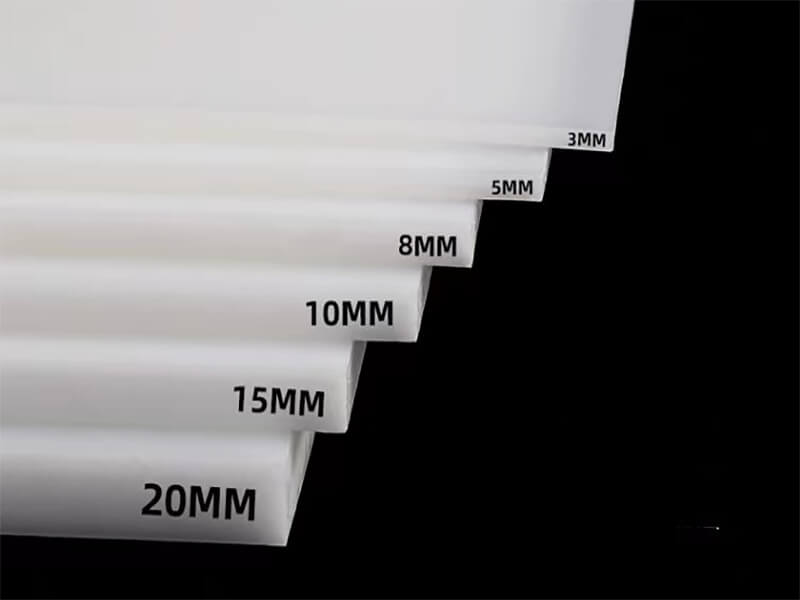HDPE Vs. ABS: A Comprehensive Comparison of Plastic Materials
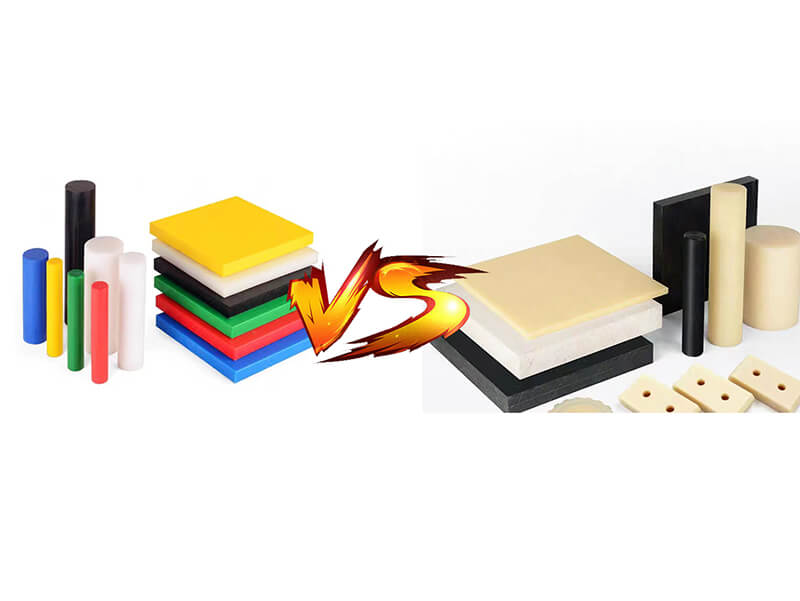
ABS Plastic and HDPE are both made of thermoplastics. There are many different kinds to choose from when it comes to plastics. ABS and HDPE are two types that are used a lot. But what are the main reasons why these two things are different? This section discusses the changes between the two regarding performance, features, advantages and disadvantages, and where to apply.
This article will help you decide which material is best for your needs.
HDPE: Everything you need to know
High-density polyethylene, or HDPE plastic, is the general name for a group of polyethylenes with higher molecular weights. All types of polyethylene are chemically the same. They have long chains of CH2 that were made when diazomethane byproducts broke down in a reaction room at high temperature and pressure.
Because of these qualities, HDPE is often used to make things like containers and pipes used in harsh settings. It can also stand up to UV light for outdoor use. Because of this, it is a great choice for manufacturers and customers who want to make it environmentally friendly.
Common Characteristics of HDPE Plastic
HDPE has linear molecules, or polymer chains, that are tightly packed together and don’t spread out much. A dense, crystalline substance forms when there is a strong pull between the molecules. Here are some characteristics that HDPE usually has:
Common Applications of HDPE
The above characteristics of high-density polyethylene make it a good choice for many uses. Here are a few ways HDPE can be applied:
Advantages of HDPE Plastic
Disadvantages of HDPE
ABS Plastic: Everything you need to know
ABS (Acrylonitrile Butadiene Styrene). It is a solid polymer made of acrylonitrile, butadiene, and styrene, all single molecules. ABS is usually caused by emulsification, which is putting together things that don’t usually go together to make a single product.
ABS plastic is famous in many industries because it can be used in many ways. ABS is a type of plastic used to make a wide range of products, from computer keyboard keys to LEGOs. These products can be found all over the world in a variety of home, business, and professional settings.
Common Characteristics of ABS Plastic
Some of the characteristics of ABS plastic:
Common Applications of ABS Plastic
All of the above characteristics and properties of ABS plastic make it a good base material for many uses in various industries, such as automotive, electrical products, sports equipment, toys, building, construction, etc.
Advantages of ABS Plastic
There are many advantages to using Acrylonitrile Butadiene Styrene. Here are a few advantages of using this material:
Disadvantages of ABS Plastic
There are some disadvantages of using ABS plastic:
Comparison Between Product HDPE Vs. ABS
| Type | HDPE Plastic | ABS Plastic |
|---|---|---|
| Short description | HDPE is a viral material for hats because it is solid and lasts long. It can also stand up well to heat and chemicals. | High-density polyethylene, or HDPE, is a flexible polymer made from petroleum with the general chemical formula (C2H4)n. |
| Not resistant to high-temperature | What ingredients were used to make this | ABS Plastic is an amorphous polymer comprising three monomers: acrylonitrile, butadiene, and styrene. |
| Applications | HDPE plastic is used to make many things, like containers for food and drinks, boxes for cleaning products, pipes, cutting boards, and some parts of shoes. | ABS plastic is usually used for injection molding. This engineering plastic is famous because it is inexpensive and easy to machine. |
| Characteristics | Flexible, precise, or waxy, waterproof, strong at low temperatures (down to -60°C), easy to work with in most ways, cheap, and resistant to chemicals. | ABS has a low melting point. It also has a high tensile strength and doesn’t break easily when hit or corroded by chemicals. |
| Benefits | HDPE can be recycled, which makes it an excellent material for these single-use items. | ABS has a good mix of resistance to impact, heat, chemicals, abrasion, shape stability, tensile strength, surface hardness, stiffness, and electrical properties. |
| Disadvantages | Not resistant to high temperature | Not resistant to UV |
Final Words
Although some plastic parts/components can be made from HDPE and ABS plastic, they are different engineering plastics. If you don’t know how to choose for your project, please contact UVTECO. UVTECO is a trustworthy supplier of HDPE and ABS plastic from China, we can help you.
Related Blogs

Looking for a trustworthy Supplier
Need a Trustworthy Supplier of Plastic, Foam, Sponge, Rubber, Metal, and Machining Solution. Click the Button, We Will Be In Touch With You As Quickly As Possible.

